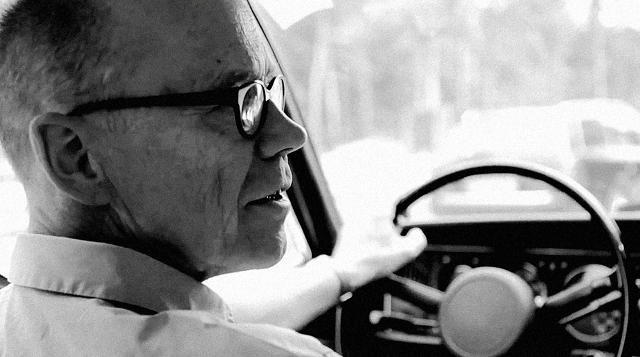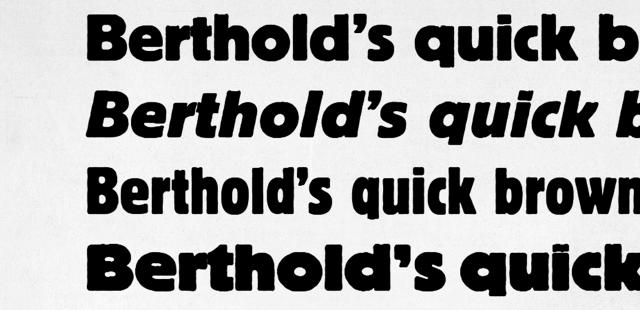Whether he's criticizing Apple for its font choices, blaming bad design for getting "an asshole" elected president, or complaining about the fact-checking skills of contemporary design journalists, Erik Spiekermann isn't a man who minces words. But while you probably wouldn't describe him as cuddly, the famed German designer and typographer has been a life-long friend and mentor to those who share his life's passion: great design in all its forms.
After Spiekermann revealed to us some of his best productivity tips in a recent article, we wanted to know more about how he works. Here, Spiekermann answers eight questions for us about his first job, his most cherished possession, what he thinks is wrong with today's design world, and his biggest challenge as a designer.

What was the first thing you ever designed?
It was a cover for a library catalog for children's books.
What is your daily work routine like?
Electronic correspondence usually takes up the first three hours of my day (lots of unsolicited mails from students, colleagues, and so on), then I do a few domestic things like mending bikes, cleaning stuff from my desk, going through old files. After lunch, I answer more emails, which come in from the U.S. around this time because you are between six and nine hours behind me in Berlin. Then I go out for a coffee or read papers and magazines to avoid real work. I try and avoid doing more real work until after 8 p.m. After the evening news, I'll then do a last round of design work until 1 a.m. When I work in the letterpress shop, I get there around 9 a.m. and work until around 7 p.m. at night.
What is your biggest challenge as a designer?
Asking for money for my work.
What's your favorite thing you own?
My NSU Ro80 car. But I could do without it. The best thing I ever owned was my first font: a 60 point Berhold Block metal type. But that was destroyed in a fire in 1977.

What is the worst job you've ever taken, and what did it teach you?
Printing silkscreen onto plastic bottles during the night shift when I was 17. I only made it four weeks in the job because my dad made me realize that the people next to me would be doing this for the rest of their lives, while I was complaining after two nights. I still know how lucky I am to be doing my own thing.
If you weren't a designer, what would you be, and why?
I'd be an architect. Buildings are more complicated to design than pages, and I like complexity. Buildings are also more important to our state of well being than websites or printed stuff, with the possible exception of books.
What do you think the biggest challenge facing the world that design can help solve?
Helping people understand the world around them. We should be interpreters between the corporate world (which tries to make everything too complex for us to understand in order to keep us quiet and subservient) and normal consumers.
What drives you crazy about the design world in 2015?
Clients who can't make decisions.